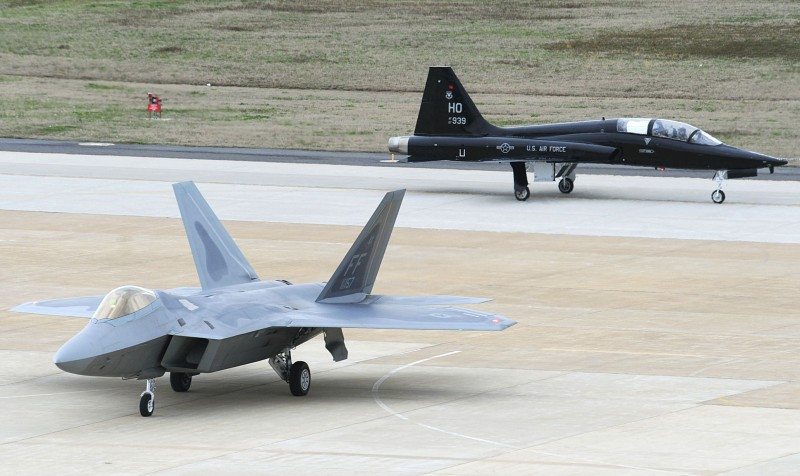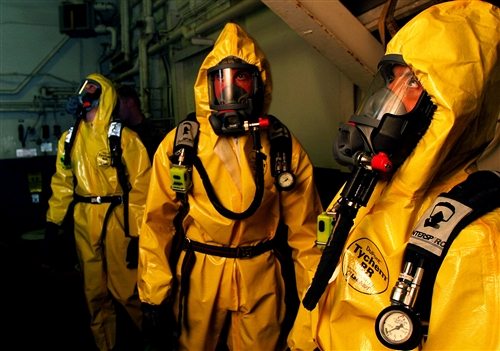The leader of Air Combat Command unveiled his assessment of the blueprint required for the combat air forces in the 2020s in remarks during the Air Force Association’s Air & Space Conference and Technology Exposition here Sept. 17.
On the second day of the three-day, 55-session conference highlighting various topics relevant to the Air Force, Gen. Mike Hostage noted the critical role combat air forces will continue to play in advancing the nation’s interests.
The general put forward the case for recapitalization following more than a decade of combat air forces support in Afghanistan and Iraq, and two decades “of sustained global engagement and combat operations.”
“Air Combat Command’s ability to provide relevant combat forces to the combatant commander will hinge on the recapitalization to a robust, fifth generation fleet,” Hostage said in reference to the F-22 Raptor and the F-35 Lightning II. The F-22 fleet, he added, allows for U.S. forces to “kick down the door.”
While a decision between modernization of a fourth generation aircraft or recapitalization of the fleet with fifth generation fighters is not one he wants to have to make, Hostage said to him the imperative is clear.
“If … I must pick one or the other, to me, recapitalization is the only thing that makes sense,” Hostage said, adding that a modernized fourth generation aircraft would be irrelevant against adversaries’ advanced capabilities.
Hostage cited Air Force Chief of Staff Gen. Mark A. Welsh III, who said a fourth generation aircraft meeting a fifth generation aircraft in combat will be more cost efficient, but “it will be dead before it ever knows it’s in a fight.”
While aircraft remain a priority for the force, Airmen, the general maintained, remain the most powerful resource. “(They) are the ultimate source of our combat capability — the most sophisticated and precious resource we possess.”
Hostage also chronicled the far-reaching ripples of sequestration, including the Air Force standing down several units within ACC earlier this year in order to balance training and deployment of fully capable units.
“Our imperative … will remain to provide mission-ready forces to combatant commanders, accepting that some of our units may not be immediately available, requiring some amount of time to get fully trained for combat.”
Noting that ACC will have to focus its training on those Airmen filling the most critical mission sets would leave some unprepared, the general vowed that his obligation is to ensure that preparation does take place before the command’s most precious resource — its people — are fully ready before sending them into combat.
“To send them forward anything less than fully combat ready would be morally corrupt,” the general said, cautioning against some of the long-term force structure decisions being driven by the short-term fiscal constraints. “The U.S. national debt and its associated budget repercussion remain the biggest threat to our national security.”










